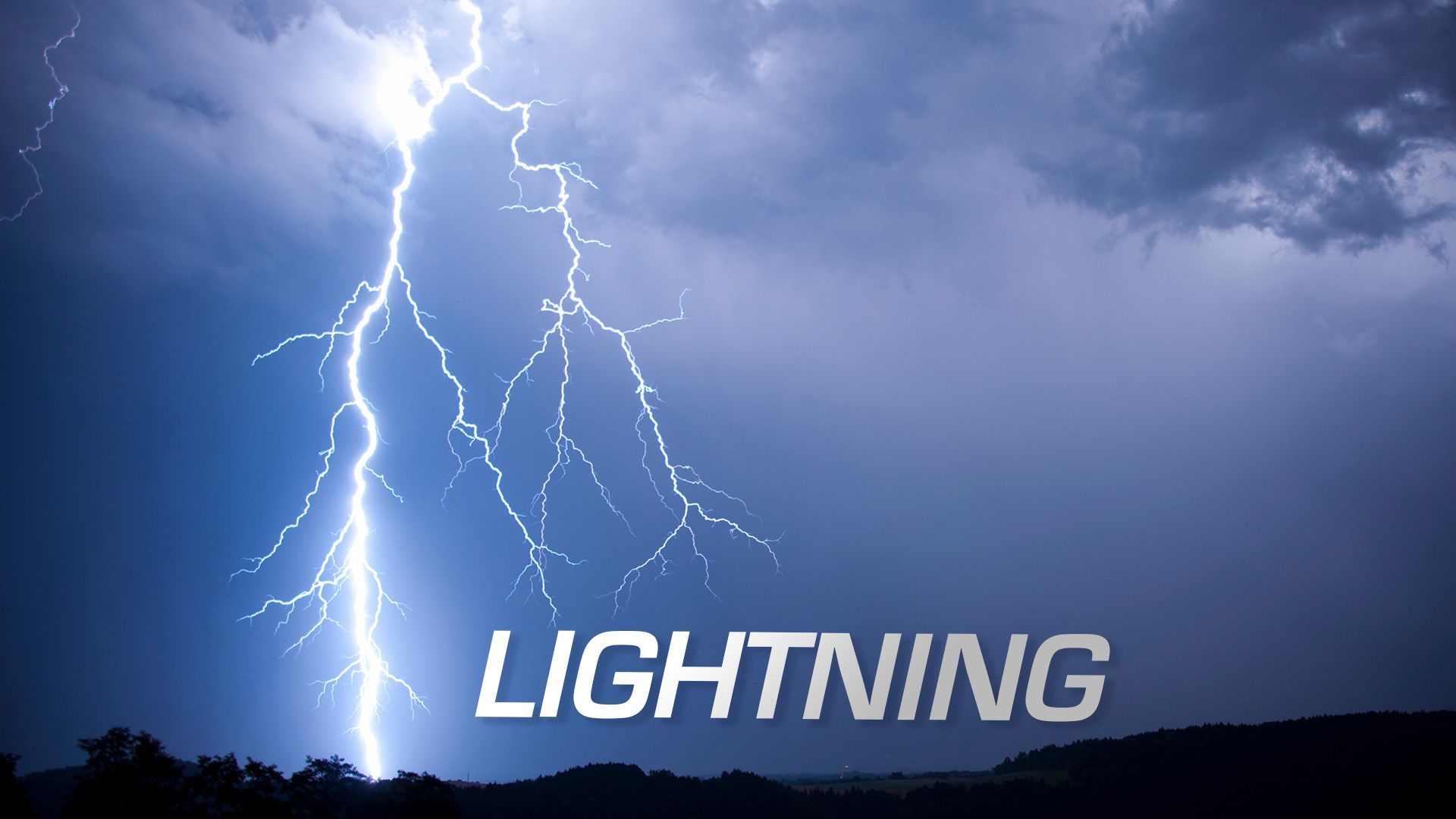Header Image by © Libor / Adobe Stock
Spring is coming, and that means lightning storms popping up. Let’s take a look at the Wilderness Medical Societies practice guidelines on prevention and treatment of lightning strikes.
- Background: 24,000 fatalities/yr, 240,000 injuries/yr.
- Types of strikes: Direct, Contact, Ground Splash, Ground Current.
- Path of least resistance for electricity to travel: nervous system < blood < muscle < skin < fat < bone.
Prevent: If you can hear thunder, you are at risk. Avoid high areas, tall or isolated trees. Wait 30 min from time of last thunder heard to resume activity. If imminent, remember your ranger school days and go to lightning position (crouched on ground with feet together). If on a mountain, tie off individually as lightning can travel through wet ropes. Get off the water!
TRIAGE and TREATMENT: IT IS SAFE TO TREAT LIGHTNING VICTIMS, THEY DO NOT REMAIN “CHARGED”. Lightning causes both cardiac(asystolic, V-fib may follow) and respiratory arrest(medullary respiratory center gets paralyzed). Cardiac function typically precedes respiratory return. REVERSE TRIAGE: Find the patients who are not breathing/no pulse and treat them first. If you breathe for them, respiratory and cardiac function should return.
Evaluation: High risk = Direct Strike, LOC, Focal Neurologic Complaint, CP or Dyspnea, Major Trauma, Cranial Burn, Burn >10%TBSA, Pregnancy.
- CARDIAC: More common cardiac findings = ST elevation, A-fib, prolonged QT, cardiomyopathy, elevated cardiac enzymes (limited clinical utility). Recommendation: If direct strike, chest pain or dyspnea, get and ECG and echocardiogram if abnormal-admit.
- NEUROLOGIC: Common (transient – permanent). Keraunoparalysis = Transient paralysis (LE>UE) typically resolves within several hours(MAY MIMIC A PULSELESS PATIENT). Admit and rule out more serious trauma. Permanent neurologic symptoms may be result of arrest or intracranial hemorrhage (look at basal ganglia and brainstem).
- Dermatologic: Burns Lichtenburg figures (not a burn) are the classic ones and typically resolve in 24 hours. Look for punctate burns (electricity exiting/entering the body) if on head there is a 3X increase in mortality.
- EENT: Cataracts can occur 2 days – 4years(!) after strike. Optho evaluation for all high risk strikes. Look for ruptured TM and consider referral.
- BH: Can have psychological symptoms occur after a strike.
- Pregnancy: High fetal mortality (up to 50%).


